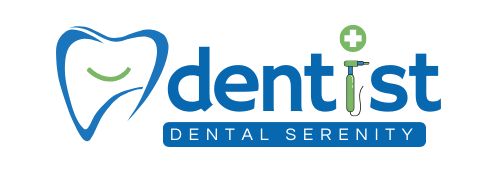Zygomatic Implants
Zygomatic implants are a type of dental implant used primarily in cases where patients have significant bone loss in the upper jaw. Unlike traditional dental implants that are anchored into the jawbone, zygomatic implants are placed into the cheekbone (zygomatic bone), which provides a stable foundation for the implant. This procedure is typically recommended for individuals who have insufficient bone density or height in the upper jaw to support regular dental implants.
The need for zygomatic implants arises when there is not enough bone in the upper jaw due to tooth loss, bone resorption, or certain medical conditions. When traditional implants cannot be placed because the jawbone has deteriorated over time, zygomatic implants offer a solution by anchoring the implant into a stronger part of the bone in the face.
The procedure for placing zygomatic implants is more complex than that for regular dental implants. The process begins with a thorough evaluation by a dentist or oral surgeon, who will assess the patient’s bone structure and overall oral health. Advanced imaging techniques such as CT scans or 3D imaging are used to determine the precise location for the implant placement. The surgeon will then carefully plan the procedure, taking into account the unique anatomy of the patient’s jaw and face.
During the surgery, the dentist will make an incision in the gum tissue to access the cheekbone. The implant is then placed into the zygomatic bone, which is located near the maxillary sinus. The zygomatic implant is longer than a typical implant, allowing it to reach deeper into the bone. The titanium implant is carefully positioned to ensure it will securely anchor into the bone and provide a stable foundation for the replacement teeth.
Zygomatic implants offer several advantages for patients with significant bone loss in the upper jaw. One of the main benefits is that they avoid the need for bone grafting, which is often required with traditional implants when there is insufficient bone. Bone grafting can be a lengthy and complex process, requiring several months for the bone to heal before the implants can be placed. Zygomatic implants can provide a faster and more efficient solution, as they allow the implants to be placed directly into the zygomatic bone without the need for bone grafting.
Another advantage of zygomatic implants is that they allow patients to receive their new teeth much sooner than with traditional implants. The healing time for zygomatic implants is typically shorter because the implants are placed in the zygomatic bone, which is more stable than the upper jawbone in many cases. This means that patients can usually move forward with the process of attaching the replacement teeth sooner, improving both function and aesthetics.
After the implants are placed, patients may need to wait a few months for the implants to fully integrate with the bone in a process called osseointegration. This is the same process that occurs with traditional implants, where the titanium implant fuses with the bone, creating a strong and durable foundation for the replacement teeth. Once osseointegration is complete, the dentist will attach the abutments and replacement teeth to the zygomatic implants.
Zygomatic implants are particularly beneficial for patients who have lost most or all of their teeth in the upper jaw and who are not candidates for traditional implants due to bone loss. They provide a viable solution for people who have previously been told they cannot get implants due to the lack of adequate bone in the upper jaw. By anchoring the implants in the zygomatic bone, zygomatic implants offer a secure and stable foundation for replacement teeth, even in cases of severe bone loss.
While zygomatic implants offer many benefits, the procedure does come with some risks. As with any surgery, there is a risk of infection, bleeding, and complications during the healing process. However, these risks can be minimized with proper care and follow-up appointments with the dentist. It is also important for patients to follow the aftercare instructions carefully to ensure the best possible outcome.
The success rate of zygomatic implants is generally very high, and they are considered a safe and effective solution for patients with advanced bone loss in the upper jaw. They have been shown to provide excellent results in terms of both function and aesthetics, allowing patients to regain the ability to chew, speak, and smile with confidence.
In summary, zygomatic implants are a specialized type of dental implant designed for patients who have experienced significant bone loss in the upper jaw. By anchoring the implants into the zygomatic bone, these implants provide a secure and stable foundation for replacement teeth, eliminating the need for bone grafting and allowing for faster treatment. Zygomatic implants are a viable option for individuals who have been told they cannot get traditional implants due to bone loss, offering a solution that improves both the function and appearance of the smile.

